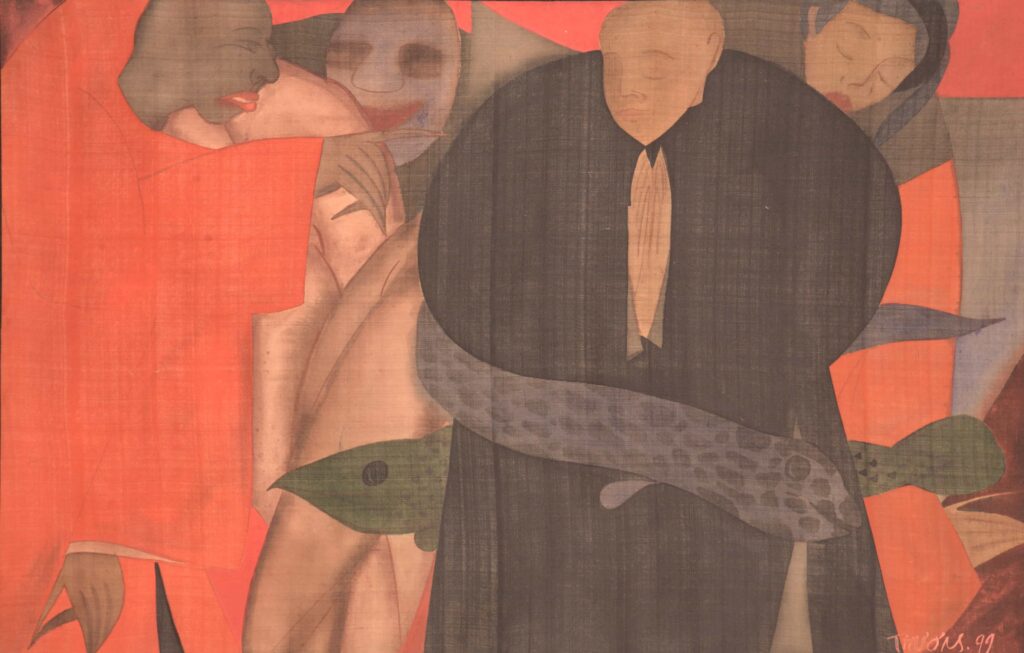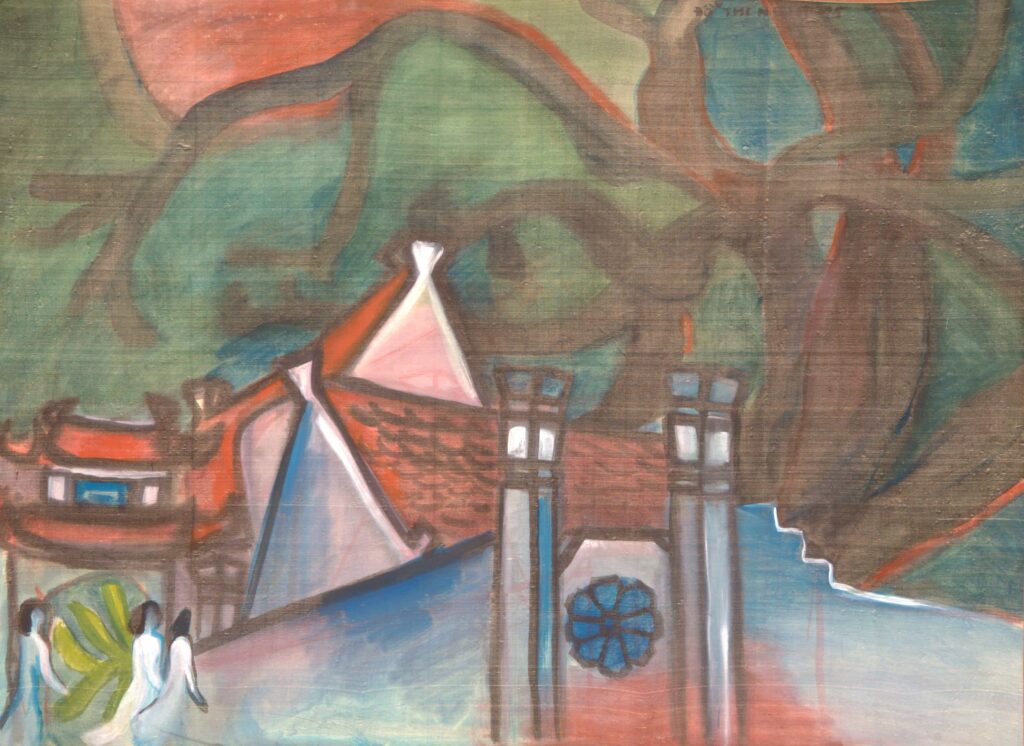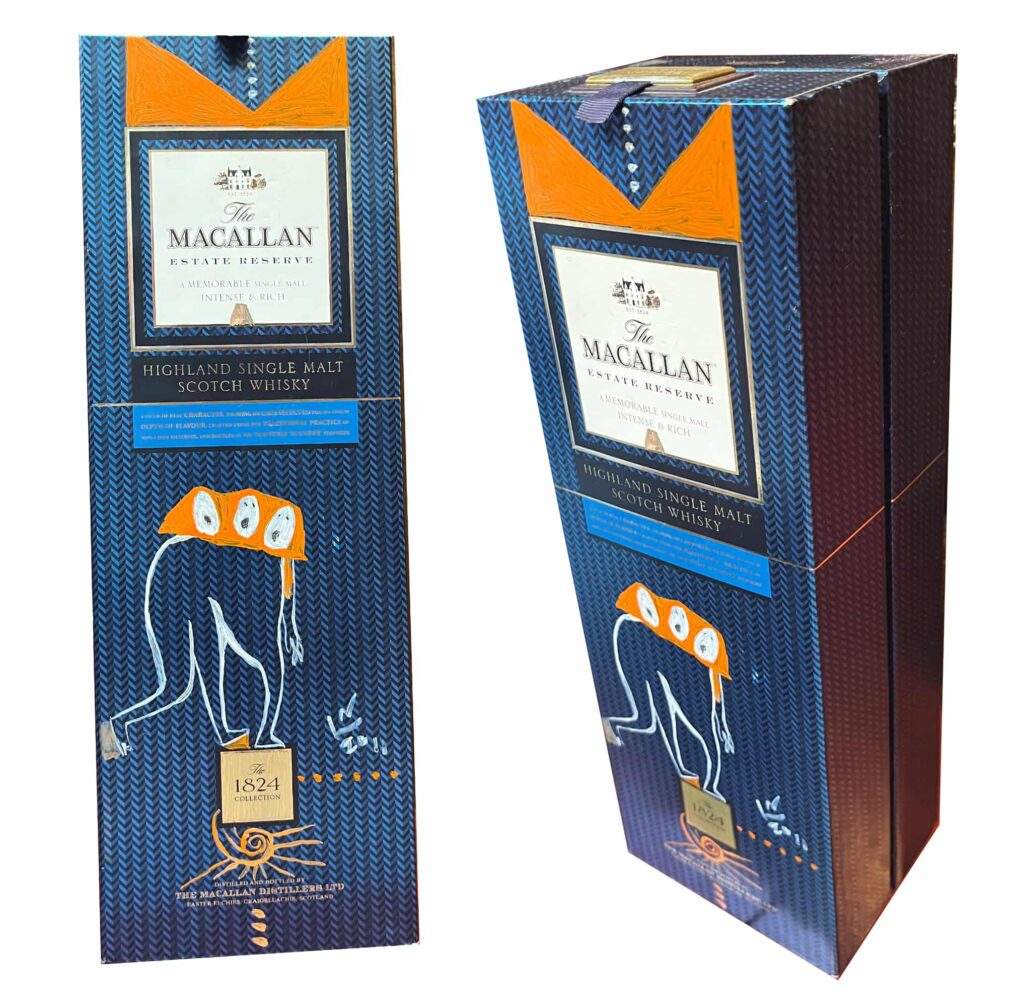In this Article
ToggleThe twelve animals of the Vietnamese zodiac have been intricately woven into the spiritual and cultural fabric of the nation over the course of millennia
The Zodiac in Vietnamese Cultural Heritage
The twelve animals of the Vietnamese zodiac have been intricately woven into the spiritual and cultural fabric of the nation over the course of millennia. More than a system for measuring time, the zodiac has come to embody the rhythm of everyday life and stands as a testament to Vietnam’s invaluable intangible cultural heritage. This heritage is vividly captured in the country’s traditional folk painting genres – such as Dong Ho, Hang Trong, and Kim Hoang, where the zodiac animals were traditionally depicted to decorate homes during the Lunar New Year. These images carried with them aspirations for prosperity, harmony, and renewal in the year ahead. In more recent times, the theme of the twelve zodiac animals has served as fertile ground for artists to craft new dialogues and personal narratives, particularly in the cultural and historical context of the Renovation era.
Artistic Interpretations of the Year of the Tiger
The year 1998 – designated “Mau Dan” (Year of the Earth Tiger) in the lunar calendar, marked several major milestones for the nation: the 300th anniversary of the founding of Saigon – Ho Chi Minh City, and the 25th anniversary of the signing of the Paris Peace Accords. It is perhaps unsurprising, then, that works created in this year, especially those featuring tigers, are prominent within this collection. The theme of the Tiger Year was interpreted through the distinct visual languages of several renowned artists, including Nguyen Tu Nghiem, Ha Tri Hieu, Tran Luong, and Le Quang Ha. Nguyen Tu Nghiem and Ha Tri Hieu approached the figure of the tiger with whimsical simplicity, infusing their renderings with a cartoon-like charm that evoked innocence and playfulness. In contrast, Tran Luong offered a mischievous portrayal, capturing the tiger mid-gesture with its tongue playfully sticking out. On the other end of the spectrum, Le Quang Ha emphasized the tiger’s inherent majesty and latent power, depicting it baring its fangs in a threatening snarl – an embodiment of raw strength and solemn command.




Symbolism in the Year of the Cat
In his 1999 lacquer painting “Year of the Cat”, artist Pham Quang Vinh portrays a brown cat with an elongated body and tail – forms that stretch sinuously across the surface in a manner full of quiet symbolism. The cat’s face is turned directly toward the viewer, its eyes narrowed as if scrutinizing, radiating an air of uncertainty and introspection.
The year 1999 marked a pivotal and challenging period for Pham Quang Vinh, as he found himself at a crossroads between pursuing his artistic path and accepting the position of Director at Kim Dong Publishing House. This inner turmoil is poignantly captured in an anecdote shared by Suzanne Lecht: upon being asked about the cat’s unusually extended form, the artist paused thoughtfully before replying, “Suzanne, 1999 was a very long year for me.”
The cat in the painting becomes a quiet surrogate for the artist himself, especially evident in the eyes, which closely resemble those of a human, brimming with contemplation and the weight of a tumultuous year.

The Year of the Rat and Beyond: A Reflection of Change
Nguyen Bao Toan’s depictions of the Year of the Rat are marked by a bold, almost rugged aesthetic, at times verging on the raw. In his works titled “Year of the Rat” from 1994 and 2003, one encounters an unusual contrast: a rough visual language rendered on the traditionally delicate surface of silk. This tension, between material softness and expressive coarseness, set his practice apart from many of his colleagues. The 1994 rat appears confined within its own space, hemmed in by bars and barriers that suggest both physical and psychological entrapment. By contrast, the 2003 version, depicted with its body arched upward against a red background, becomes an emblem of renewal and prosperity, emerging from a period of solitude and constraint. Rather than striving for realism, Nguyen Bao Toan adopts a minimalist approach, focusing on composition and chromatic harmony. While the color palettes differ, the formal treatment of the two rats reveals notable similarities: both exhibit a boxy form, linear motifs running along the spine, and fragmented or diagonal lines encircling the central figure.
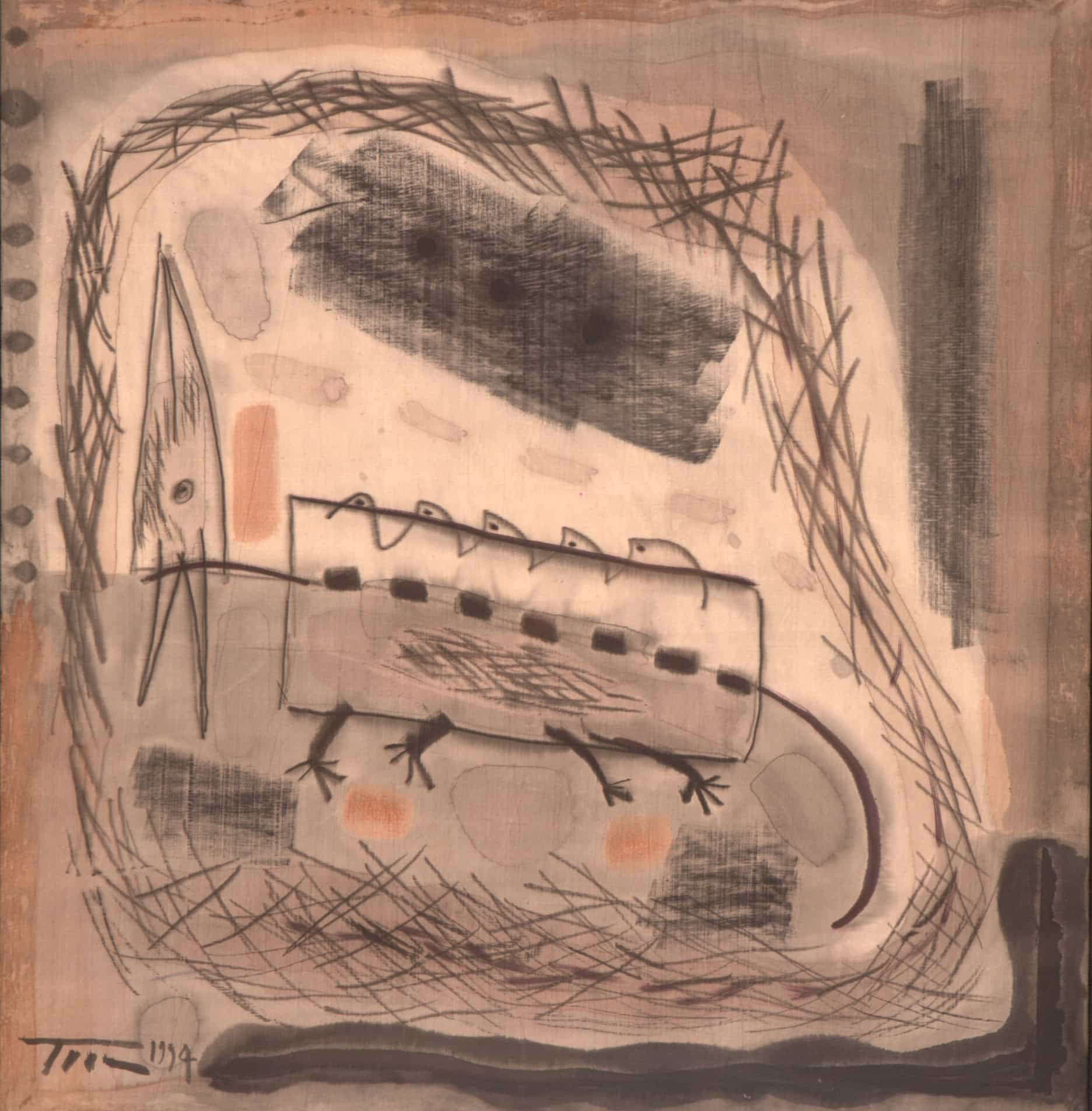
Nguyen Bao Toan, Year of the Rat, 1994, natural color on silk, 44 x 43 cm
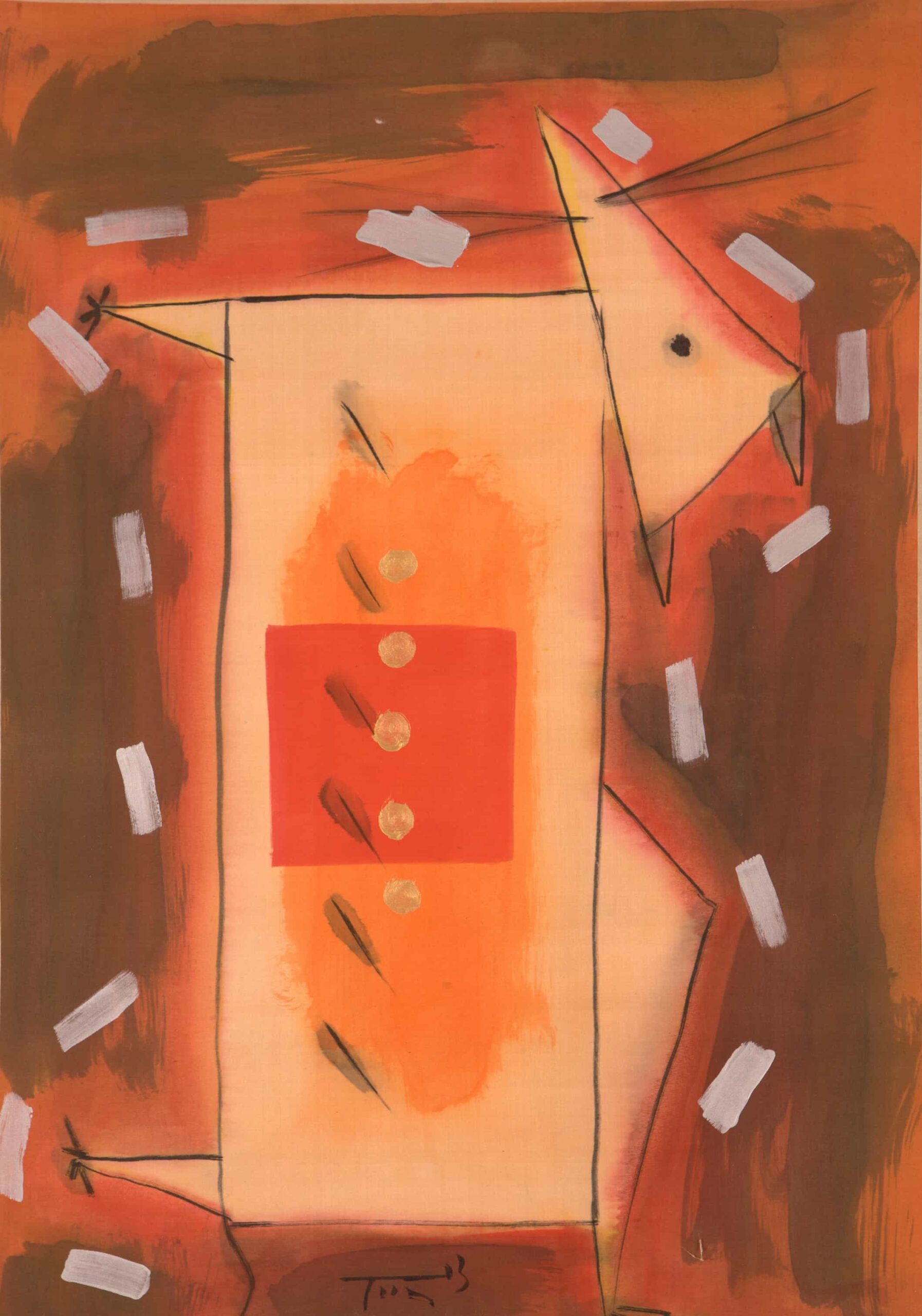
Nguyen Bao Toan, Year of the Rat, 2003, natural color on silk, 49 x 33 cm
In the context of deepening integration following the Renovation era, the creative practices of Vietnamese artists have been influenced by multiple factors, including market demands, most notably, the popularity of zodiac-themed paintings during the Lunar New Year. However, the exploration of the twelve animal signs extends far beyond commercial considerations or mere traditional representation. Within contemporary Vietnamese painting, the zodiac has become a vibrant bridge connecting an age-old cultural heritage with the spirit of the modern era. Through diverse perspectives and varied artistic techniques, familiar zodiac figures are richly reinterpreted, reflecting personal viewpoints, social reflections, and innovative aesthetic experiments.

 Tiếng Việt
Tiếng Việt
